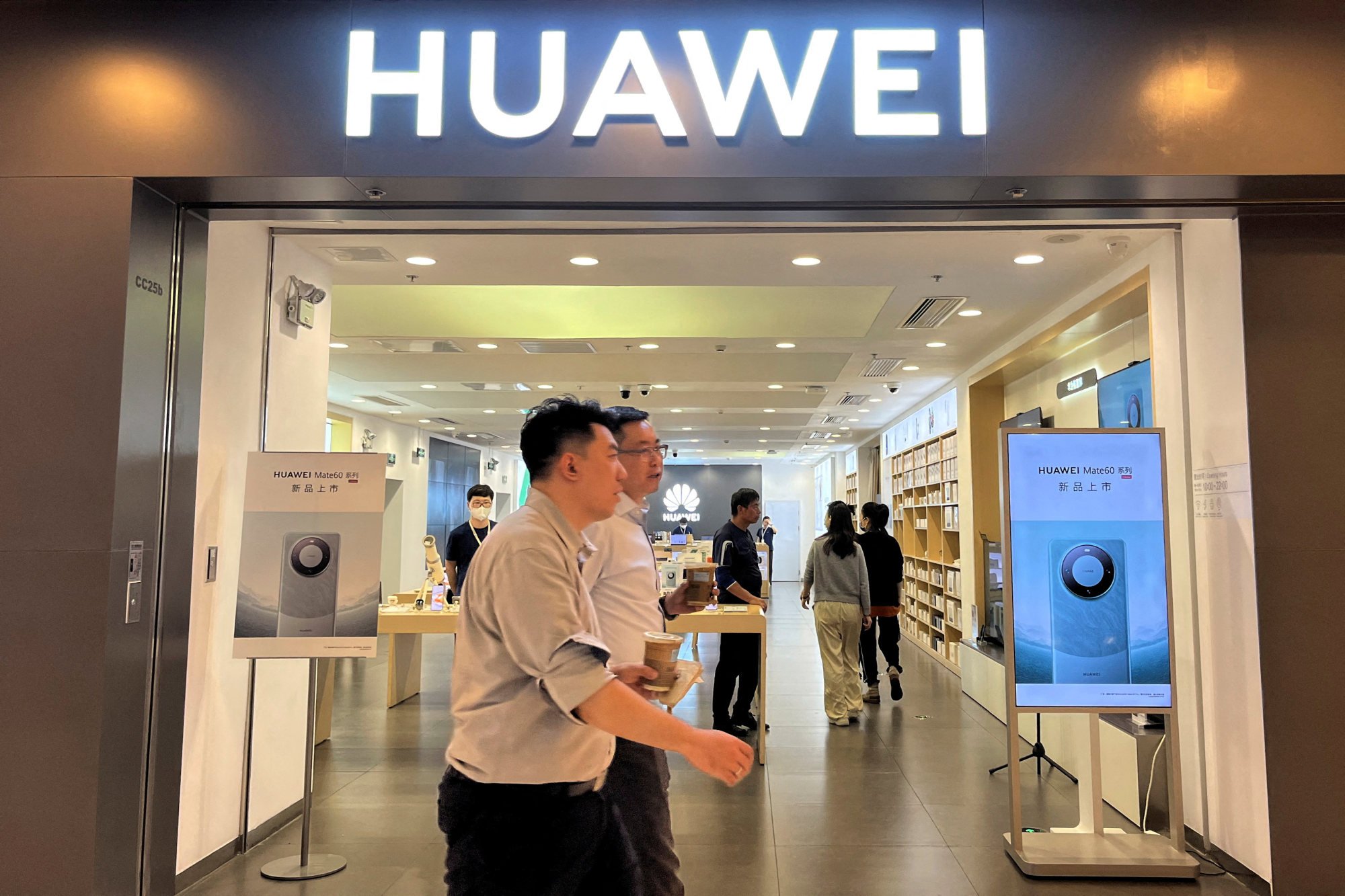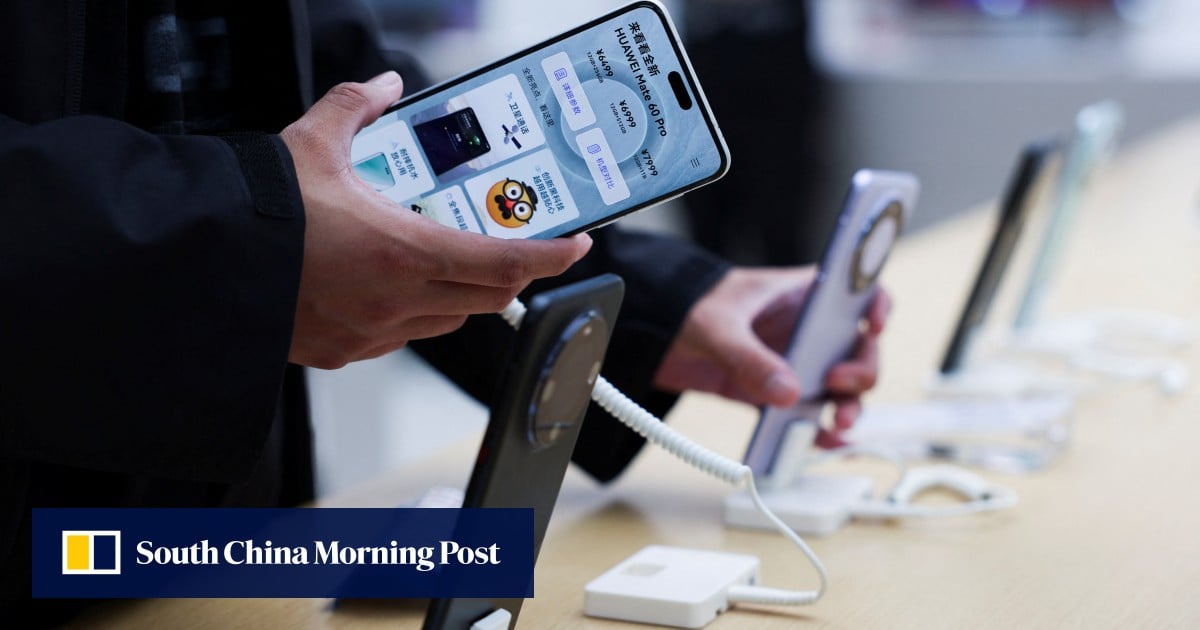Huawei Technologies’ distributors have started giving customers details of the processor used inside the company’s flagship smartphones, even though the US-sanctioned tech giant remains mum on the subject.
Staff at Huawei stores in Beijing now inform consumers that the chipset in the company’s flagship Mate 60 series is the HiSilicon Kirin 9000s, an in-house design, even though the information is not displayed publicly or anywhere on the smartphone.
Huawei has remained tight-lipped over its 5G chip, which surprised the market when it was launched in August 2023 because it was not supposed to be possible amid US sanctions. A third-party teardown analysis found that the 7-nanometre chip was the Kirin 9000s, even though Huawei has never officially confirmed that information.
The breakthrough fanned nationalist pride in China and helped Huawei regain its market relevance in the country’s huge smartphone market. At the same time, supply of the advanced chip remains tight given that it cannot be fabricated by overseas wafer foundries.

Employees in Huawei’s Beijing outlets said some stores still do not have sufficient stock of the Mate 60 series, a sign that the supply-chain woes continue even as demand for the phones has ebbed from the initial launch in August last year.
Despite its ambitions, Huawei has rarely spoken publicly about its efforts to free itself from the shackles of US sanctions aimed at stemming China’s technological advancement in semiconductors and artificial intelligence.
Washington imposed the sanctions over fears that US-origin technology may fall into the hands of the Chinese military, posing a threat to US national security.
Huawei is expected to ship over 50 million handsets in China this year, reclaiming top spot in its home market with a 19 per cent market share, up from 12 per cent in 2023, according to TechInsights.
Huawei is also facing a juggling act in terms of allocating chip production at SMIC, as its Ascend computer chips have become the top local alternative after US chip giant Nvidia faced tighter restrictions exporting its higher-performance graphics processor units to China-based customers.

